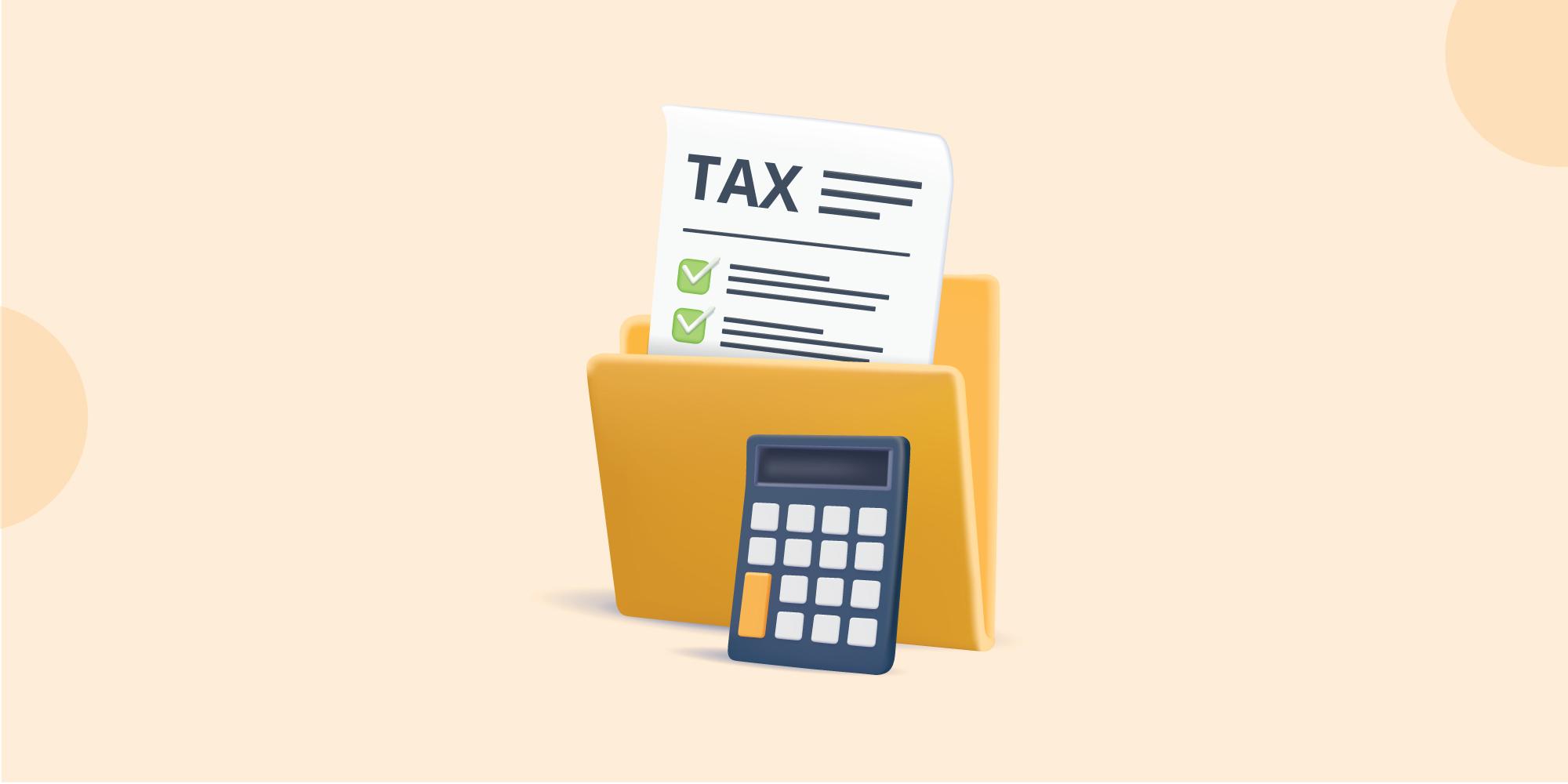- Home
- Blogs
- Fixed Deposit
- Tax Saving Fixed Deposits
Everything You Need to Know About Tax Saving Fixed Deposits
Reviewed by: Fibe Research Team
- Updated on: 28 Aug 2025

Tax saving fixed deposits are minimum 5-year FDs offered by banks and post offices. Like any regular FD, you get a fixed interest rate as your money stays safe. The interest you earn is taxable. But you can claim a deduction under Section 80C of the Income Tax Act. This will help you grow your money and save on tax.
So, if you have been wondering what is tax saving FD and how it is different from a regular FD, keep reading. You will learn more about the tax saver fixed deposit meaning, how it works and the key things to know before investing.
What are Tax Saving Fixed Deposits?
These are special FDs made for tax savings. You can easily save up to ₹1.5 lakh in a financial year and claim the amount as a deduction under Section 80C. They have a fixed lock-in period of 5 years. No premature withdrawals or loans are allowed. The interest rate stays the same for the full term. These deposits are one of the safest fixed deposit schemes for tax benefit. Simply because the returns are not linked to market movements.
Key Features of Tax Saving Fixed Deposits
Here’s what makes them different from a normal FD:
- Lock-in period: 5 years with no early withdrawal or loan
- Tax benefits: Deduction up to ₹1.5 lakh in a year under Section 80C
- Interest payout: Monthly, quarterly or at maturity
- Assured returns: Fixed rate for the full term
- Joint holding: Only the first holder gets the tax benefit on fixed deposit
How Do Tax Saving Fixed Deposits Work?
In tax saving fixed deposits, the amount you invest can be claimed as a deduction under Section 80C, up to ₹1.5 lakh in a financial year. This limit is shared with PPF, ELSS, EPF, NSC and life insurance premiums.
The interest earned is taxable as per your slab. Banks deduct TDS if the yearly interest is above ₹40,000, or ₹50,000 for senior citizens. If your income is below the taxable limit, you can submit Form 15G or Form 15H to avoid TDS. Remember to always keep the FD certificate as proof and check Form 26AS for TDS credit.
Example: You invest ₹1,50,000 in a tax saving fixed deposit at 6.5% annual interest, with interest paid at maturity (cumulative option).
- Yearly interest = ₹1,50,000 × 6.5% = ₹9,750
- Since it’s cumulative, each year’s interest is added to the principal. So the next year’s interest is calculated on a higher amount.
- Over 5 years, the total interest earned will be about ₹48,750.
- If you fall in the 20% tax slab, yearly tax on interest in the first year = ₹9,750 × 20% = ₹1,950 (this increases slightly each year because interest grows).
- You still save tax in the year you invest by claiming ₹1,50,000 as a deduction under Section 80C.
This means you earn fixed returns and save tax on the invested amount. But you pay tax on the interest as per your slab.
Tax Saving Fixed Deposits Eligibility
- Open to resident individuals and Hindu Undivided Families (HUFs)
- Most banks do not allow NRIs to open a tax-saving FD
- PAN is required for TDS credit
Benefits of Tax Saving Fixed Deposits
Many people choose this option because it is simple and low-risk:
- Tax deduction: Claim up to ₹1.5 lakh deduction under Section 80C
- Safe option: Returns are fixed and do not change with the market
- Easy to open: Available online or at any branch
- Widely offered: Almost all banks and post offices have them
- Extra interest for seniors: Senior citizens often get higher rates
Who Should Invest in a Tax Saving FD?
Fixed deposit schemes for tax benefit are good for:
- Salaried people who want a safe way to save tax
- Retired people looking for steady interest and tax savings
- Investors who want guaranteed returns without market risk
- Those adding secure products, along with ELSS, PPF for saving on taxes
Things to Know Before You Invest
Before you open a tax-saving fixed deposit, keep these points in mind:
- Interest is taxable and subject to TDS if above the threshold
- No premature closure allowed
- No overdraft or loan facility available
- Auto-renewal is not applicable
- Nomination facility is available
- In a joint account, only the first holder can claim the deduction
- Only 5-year FDs qualify for the tax benefit on fixed deposit
How to Open a Tax Saving Fixed Deposit?
Opening a tax saving fixed deposit is a quick process and you can do it in a few different ways:
- Bank branch: Fill the form and pay by cash, cheque or transfer
- Online: Use internet banking and choose the tax-saving FD option
- Post office: Fill the form and deposit the amount by cash or cheque
A tax saving fixed deposit helps you lower your tax outgo while earning steady, guaranteed returns. There’s no market risk, and your interest rate stays the same for the full term.
And the best part? You can now skip the long queues and paperwork. With Fibe, you can start with as little as ₹1,000 and book your FD in just a few clicks!
FAQs on Tax Saving Fixed Deposits
Is 5 year FD tax free?
No. The invested amount is eligible for deduction, but the interest is taxable.
Can a fixed deposit be used for tax exemption?
Yes. Some fixed deposits give tax benefits under Section 80C if they have a 5-year lock-in.
How much FD is safe from Income Tax?
You can get a deduction on the amount you invest, up to ₹1.5 lakh in a year under Section 80C.
